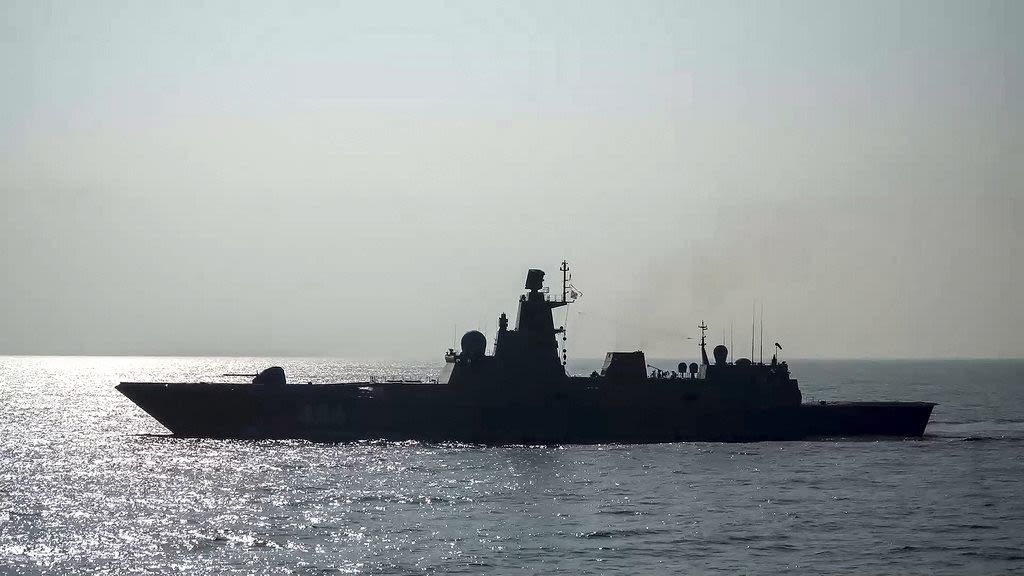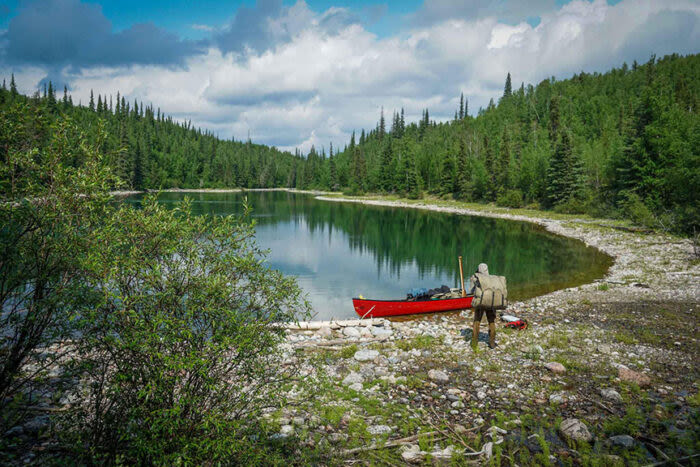Search results
News about Arctic air, UK, Met Office
News about Tesla Cybertruck, Arctic, Cold War
News about Russia, Norway, China
Also in the news
ARCTIC is a leading manufacturer of low-noise PC coolers, fans and thermal interfaces along with high-quality monitor arms and wall brackets | Fast processing and delivery | ARCTIC Store.
The Arctic region is a unique area among Earth's ecosystems. The cultures in the region and the Arctic indigenous peoples have adapted to its cold and extreme conditions. Life in the Arctic includes zooplankton and phytoplankton, fish and marine mammals, birds, land animals, plants and human societies. [3]
3 days ago · Arctic, northernmost region of Earth, centred on the North Pole and characterized by distinctively polar conditions of climate, plant and animal life, and other physical features. The term is derived from the Greek arktos (“bear”), referring to the northern constellation of the Bear.
Oct 19, 2023 · The Arctic is the northernmost region of Earth. Most scientists define the Arctic as the area within the Arctic Circle, a line of latitude about 66.5° north of the Equator. Within this circle are the Arctic ocean basin and the northern parts of Scandinavia, Russia, Canada, Greenland, and the U.S
Overview. The Arctic and Antarctic are sometimes referred to as the Earth’s iceboxes, helping cool the planet and shaping jet streams and hence weather patterns. Warming in the Arctic influences conditions elsewhere around the globe—what happens in the Arctic does not stay in the Arctic.
Mar 5, 2019 · "Majestic and still largely uncharted, the Arctic is fast becoming a hub of human activity, scientific exploration and immense economic promise. Its increasing accessibility is driving our nation and others to take a closer look at this emerging ocean frontier.
The Arctic is a frozen ocean surrounded by land that has been covered in ice year-round for the last 5,500 years. Its diverse landscapes—from sea ice to coastal wetlands, tundra, mountains, wide rivers and the sea itself—support abundant wildlife, including emblematic species like the polar bear, bowhead whale and narwhal.
The Arctic is one of Alaska’s most remote and diverse regions, filled with cultural opportunities, unique wildlife, and a landscape ranging from the Arctic coastline to broad stretches of tundra to the dramatic peaks of the Brooks Range.
The Arctic is a region like no other in the world and it’s warming twice as fast, bringing with it rapid change impacting life on land and at sea. About 4 million people live in the Arctic, spread out over eight countries, including the United States.
Aug 31, 1998 · Arctic Ocean, smallest of the world’s oceans, centering approximately on the North Pole. The Arctic Ocean and its marginal seas are the least-known basins and bodies of water in the world ocean as a result of their remoteness, hostile weather, and perennial or seasonal ice cover.



